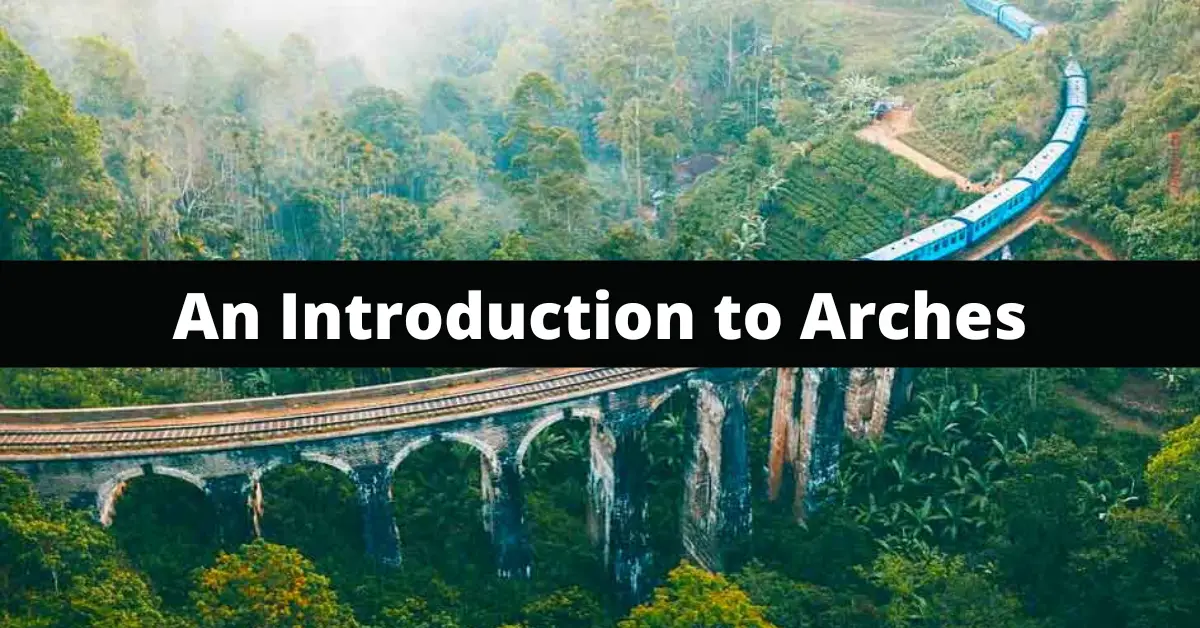Natural arches are generally stable when it comes to the load distribution.
It contributes to the reduction of bending moments in constructions with extensive spans.
Forces acting on inverted cables are mainly compression, some shear forces, and bending moments due to rigidity.
Table of Contents
Evolution of arches




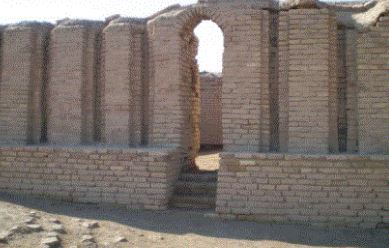

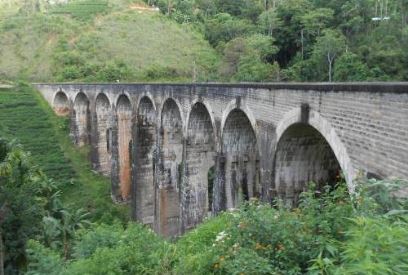

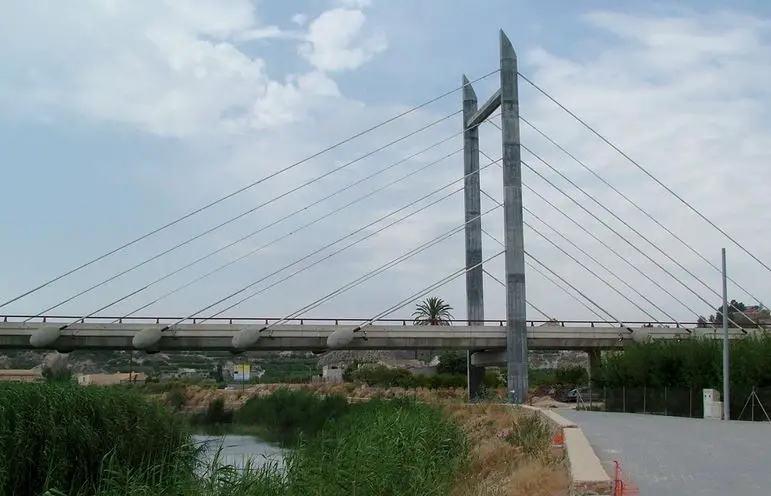
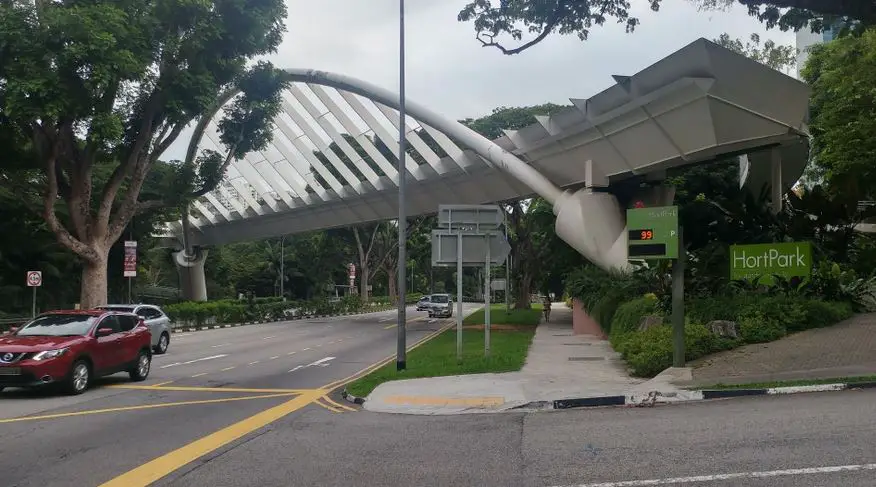

Different types of arch bridges
Corbel arch bridges

Corbel arch bridges are not real arch bridges since they are constructed by cantilevering stone blocks incrementally across a narrow span.
Deck arch bridges
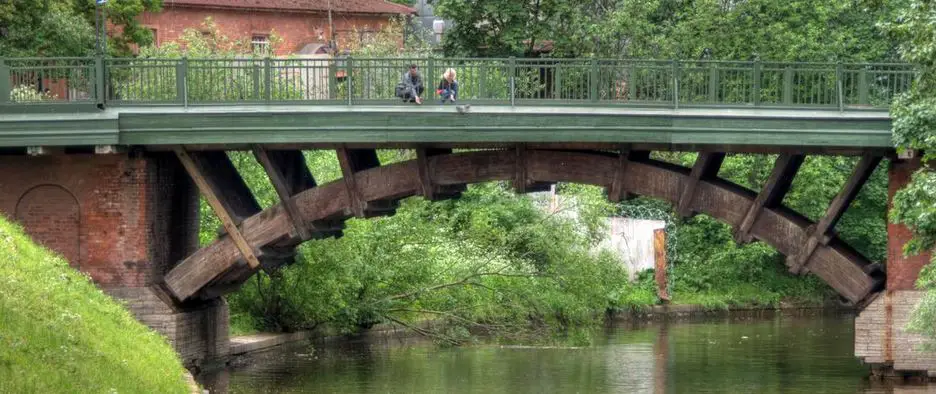
This form of bridge consists of an arch with the deck entirely above it. The spandrel is the space between the arch and the deck. When the spandrel is solid, as it is in most masonry or stone arch bridges, the bridge is referred to as a closed-spandrel deck arch bridge. The bridge is referred to as an open-spandrel deck arch bridge if the deck is supported by a number of vertical columns rising from the arch.
Hinged arch bridges

A hinged arch bridge is one that has hinges built into its framework to allow for mobility. The two-hinged bridge with hinges at the springing points and the three-hinged bridge with an additional hinge at the crown of the arch are the most common variants, while single-hinged versions with a hinge only at the crown of the arch exist. Bending moments are prevented from being passed to the bridge abutments by hinges at the springing point. The statically determinate bridge is a triple-hinged bridge, but the other variations are not.
Half-through arch bridges

A half-through arch bridge is one that has the bridge deck located above the arch base but below the crown (but still passes through the arch).
Moon bridges

Moon bridges are pedestrian bridges with extremely rounded arches. Originating in China, the moon bridge was later introduced to Japan. Originally intended to allow pedestrians to traverse canals while enabling barges to move beneath, this sort of bridge was developed. When the bridge is constructed, employing the rising ascent and descent, it also offers the advantage of avoiding the use of adjacent fields for bridge approaches. A moon bridge is strategically placed in a formal garden design to be mirrored in still water. A circle is formed by the towering arch and its reflection, symbolizing the moon.
Through arch bridges

A through arch bridge, alternatively known as a through-type arch bridge, is a bridge constructed of steel or reinforced concrete in which the arch structure’s base is below the deck but the top rises above it. It can be either low- or mid-bearing. Thus, the deck is contained within the arch, and the central portion of the deck is suspended from the arch using tensioned cables or beams.
Tied-arch bridges

A tied-arch bridge is a type of arch bridge in which the outward horizontal forces of an arch caused by tension at the arch ends against a foundation are balanced by equal tension of the arch(es) plus any part of the entire deck structure that provides such strong arch(es) support. The arched structures have reinforced chords that connect to a strong part of the deck structure or to separate tie-rods at the ends of the arch.
